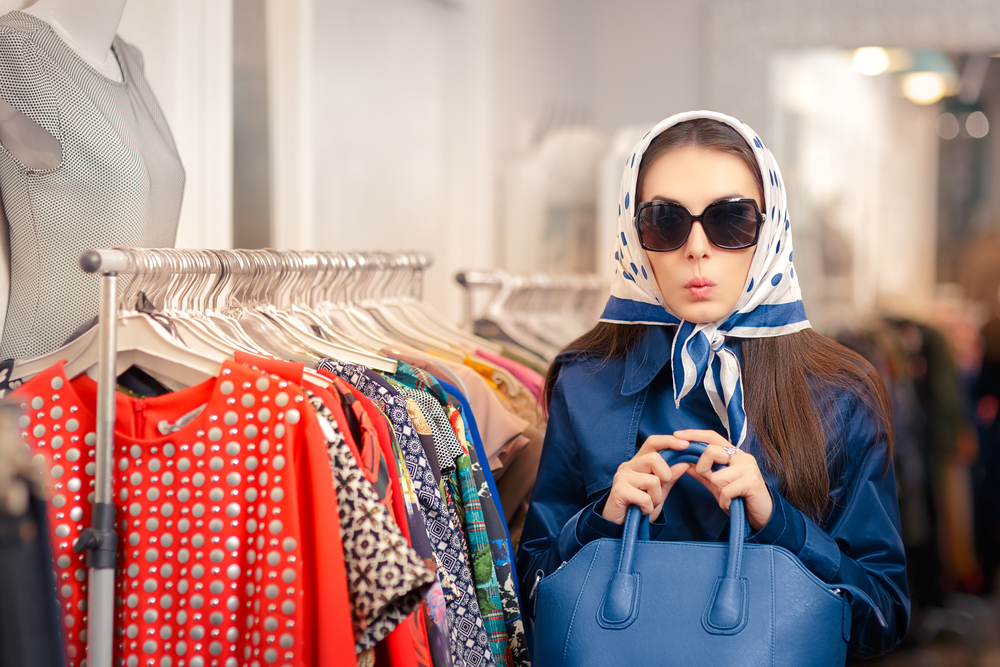This summer, a group of around 50 individuals managed to flee a Nordstrom store in Los Angeles with approximately $100,000 worth of luxury goods. Whole Foods also recently reported an incident where a suspect was involved in shoplifting goods valued at over $5,000.
Retailers across the U.S. are grappling with soaring crime. Exhausted store employees, who find it difficult to curb these incidents, are either resigning or expressing their helplessness with a “Not my circus, not my monkey” attitude.
A recent study revealed that shoplifting is now the most prevalent deviant customer behavior, and it impacts employees the most. According to research, the COVID-19 pandemic exacerbated store theft, with losses now equal to as much as 3 percent of total sales for some stores, or more than $60 billion in total annually across the U.S.
How can stores protect their business from shoplifting and employees from burnout? Sergey Kharkovshchenko, a top retail loss prevention and security expert, shared a few strategies on store crime prevention.

Sergey Kharkovshchenko, Retail Loss Prevention & Security Expert
Understanding different customer types. Kharkovshchenko points out that store customers can be divided into three groups: those who never engage in theft; professional thieves; and those who are ‘indecisive,’ meaning they might steal if presented with the opportunity.
“Dealing with skilled criminals demands advanced measures and professional equipment since they are adept at their craft,” Kharkovshchenko said. “However, for the larger group of not-so-honest customers — representing the majority of shoplifters — there are various strategies to address the issue.”
Creating the illusion of security. Some stores are utilizing simulated security tags and locks, according to Kharkovshchenko. “Securing every product is nearly impossible given the expenses involved; it’s a substantial investment, so simulated tags are a cost-effective alternative,” Kharkovshchenko said. Although such tags won’t trigger alarms when a shoplifter exits, the mere presence of a tag can discourage potential theft. Additionally, engaging customers in conversation serves as another tactic, making them think twice before attempting theft.
Retailers have started using their own tactics for “visual warnings.” For example, in the UK, where shoplifting has skyrocketed in recent years, Waitrose and John Lewis are offering free coffees to passing officers. Just having a police car parked outside the store can make people reconsider shoplifting.
Preventing amateur shoplifting. Although surveillance might not stop a professional thief, they make a big difference for an amateur. “A combination of strategies, creating an environment that discourages theft can be effective against not-so-honest customers,” said Kharkovshchenko. “Displaying signs that signal the premises are under surveillance can act as a deterrent for potential wrongdoers.”
Mastering the timing game. Anti-theft equipment is effective against professional criminals, given the fact that security guards or law enforcement react promptly. “When dealing with items like gadgets or higher-priced products, the thickness of a cable lock can sometimes buy you valuable time,” Kharkovshchenko said.
He adds that heightened security measures are essential when introducing new products to the market, such as the latest iPhone or Samsung Galaxy. Given their elevated price tag, these items attract the attention of thieves who are keen on obtaining the newest models. However, Kharkovshchenko emphasized that maintaining a balance is key: “The anti-theft measures shouldn’t discourage customers from exploring products because sales remain the top priority for stores. It’s all about keeping a balance between security and a great customer experience.”


